- Published Jan 24, 2023
- Last Modified Aug 14, 2025
- 6 min
PPE: A Complete Guide

As an employer operating an industrial business, you have a legal duty to protect the health and safety of your employees through the provision of appropriate personal protection equipment (PPE).
In this guide, we will be examining the different types of PPE equipment available, as well as the principal regulations governing their use. Use it as a reference to help you ensure you are fully compliant with the law and your workers are fully protected by the most suitable PPE for their jobs.
What is PPE?
Let’s start with the basics. Personal Protective Equipment – in other words, workplace safety gear - includes everything from protective visors to reinforced boots.
PPE is important because some workplace environments contain serious hazards, especially industrial sites and factories. Even with properly trained staff and sensible working practices in place, sudden accidents, equipment failure or even just a moment’s inattention can all lead to serious injuries.
Common dangers include heavy objects falling onto hands and feet, corrosive liquids being splashed or objects being ejected after falls and striking employees. Other dangers may be less dramatic but potentially just as serious in the long term – for example, air contaminants.
Modern, carefully designed PPE significantly reduces the risk of injury and can make all the difference between a situation in which a worker walks away from an accident, and one in which he or she does not.
What PPE should employers provide?
Employers have a legal duty to make suitable, properly maintained workplace safety equipment available, to any employees working in potentially hazardous environments. These employees must also be provided with adequate training in the use of the equipment. It must be stored in an accessible location, and if it is not required on a daily basis, employees must be made fully aware of its location for easy access.
PPE equipment must be regularly checked and a PPE inspection register maintained and kept up to date.
Alternatively, employers can demonstrate that the risks have been adequately addressed in other ways.
What are employees’ responsibilities for PPE?
Employees who work in potentially hazardous environments must be supplied with suitable PPE by their employers, along with training in its use, but they also hold some responsibilities themselves under Australian Regulations.
These duties include:
- Using the safety equipment properly, in accordance with the training they have received.
- Taking reasonable care of the PPE provided and not attempting unauthorised modifications or repairs.
- Visually examining PPE equipment before use, to try and identify potential faults or developing problems (for example tears in PPE clothing. They should report any identified issues without delay.
- Returning the equipment to the proper storage areas after use, unless it is normal practice for them to take it home overnight (PPE footwear and clothing for example).
- Reporting any loss of PPE equipment immediately, so no unnecessary risks are taken in its absence.
Types of PPE Equipment
There are many different types of PPE available, intended both for general, daily use and in specialised environments. For example, PPE clothing includes safety helmets, specialist thermal and waterproof clothing - and general workwear like high vis jackets and reinforced footwear.
Let’s take a look at the most frequently seen types of PPE equipment:

PPE Boots and Shoes
Reinforced, penetration-resistant safety boots and shoes are one of the most fundamental PPE items. They protect feet – and especially toes – from impacts, drops, and abrasive surfaces and they are available in a range of strengths. Footwear with slip resistant soles can also play an important role in preventing accidents
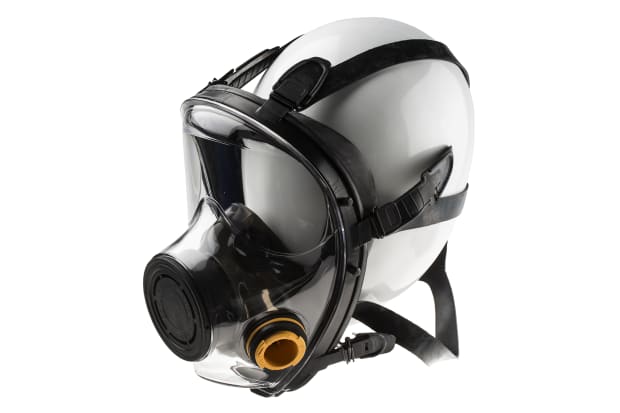
Reusable respiratory protection
Respiratory protection equipment comes in two basic varieties: disposable and reusable. Reusable respirators, meanwhile, provide sturdier protection for use in more hazardous environments: for example, when toxic fumes are present. Some models are filter-based while others include their own oxygen supply.
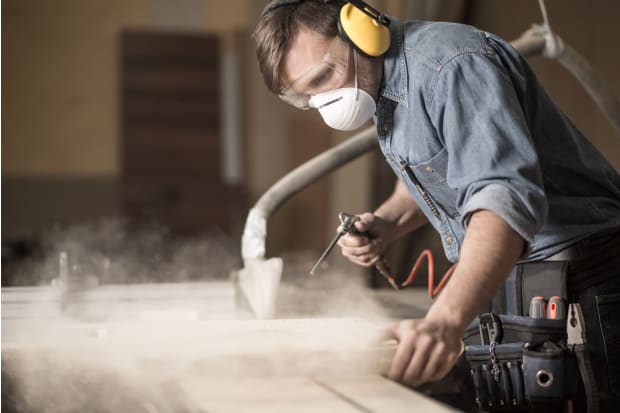
Disposable Face Masks
Face masks provide disposable face protection for use in hygiene and contamination-sensitive environments.

PPE Gloves
PPE gloves protect the hands of workers who come into close proximity with or handle hazardous materials. Specialist variations include thermal gloves for cold environments, latex gloves to protect against electrical shock, and heat resistant gloves to reduce the risk of burns. Gauntlets and gloves with sleeving are used in particularly hazardous environments where maximum protection is required.
The recently released ISO 13997 standard specifies testing methods using a blade to ensure that safety gloves are genuinely cut-resistant.
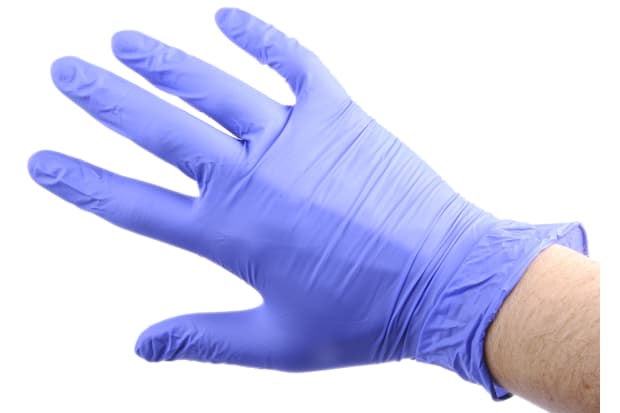
Disposable Gloves
Disposable gloves are an important piece of PPE in many industries including medical, catering and cleaning. They provide wearers with a barrier to protect them from damaging substances like chemicals or bodily fluids where they could be at risk from infection and cross contamination. They're manufactured in many colours, sizes and materials including Nitrile, latex and vinyl. They're also available as powder-free or pre-powdered to assist in putting the gloves on.
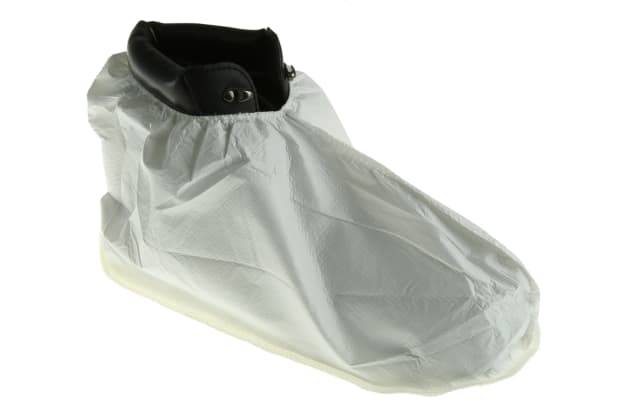
Overshoes
Overshoes are disposable covers worn over standard footwear in sensitive environments like laboratories, food factories and kitchens, where full safety footwear is not required but hygiene and cleanliness are important.

High Visibility Clothing
High visibility jackets, vests, arm bands and trousers are designed for people who work at night or in environments where it is especially important that they can be seen clearly.
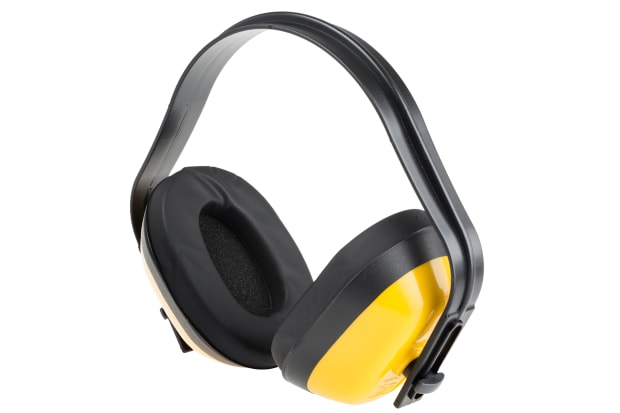
Ear Defenders
Ear defenders and ear plugs are important PPE for workers in loud environments who are at risk of long-term hearing loss. Correct fitting is vital.
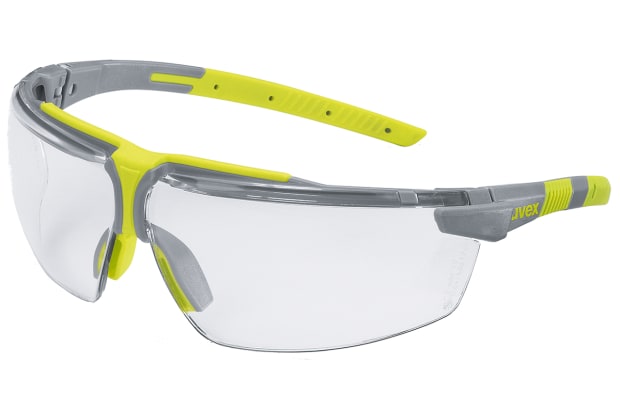
Eye Protection
Goggles and safety glasses help cut the risk of injuries and even blindness from flying debris, chemical splashes, gas and dust. Safety glasses can be customised with prescription lenses for users who wear glasses in everyday life. Consult the safety glasses guide for more information: it important to ensure that eye protection fits correctly.
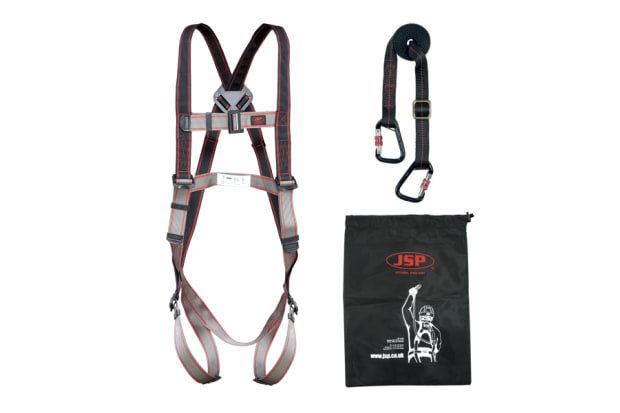
Fall Arrest Harnesses
Safety harnesses are designed for employees working in precarious high locations who are at risk of falling. They distribute the weight of the worker’s body evenly to avoid dislocations or injuries should a fall occur. They are similar to the protective equipment used by rock climbers.
How PPE should be worn
How is PPE issued and maintained?
All personal protective equipment is issued and maintained by employers, who also store the items in most cases. In some organisations, however, it is routine for employees to take clothing items home with them overnight. The correct donning PPE sequence Examples:
- Respirators and breathing masks should be secured at the back of the head first and then positioned on the face, ensuring a close fitting.
- Gloves should be extended into position, ensuring that the wrist is not left exposed.
- Safety glasses and visors should be placed over the eyes first and then secured at the back of the head.
Taking off PPE
Safe removal of PPE centres around avoidance of any contaminated areas. Examples:
- Respirators and breathing masks should be untied at the back then peeled off away from the face, to avoid contact between the face and the front of the device.
- Gloves: the first should be peeled off away from the body, gripping the palm area and pulling. Remove the second glove by inserting a finger beneath the edge across your wrist and pushing forward.
- Remove safety glasses and visors by untying or unlatching them at the back and pushing forward, away from your face.
If your hands come into contact with contamination while removing PPE, wash them swiftly with a suitable cleanser.
What should you do if your PPE is damaged?
Any damage to PPE should be immediately reported to your line manager or someone in a similar position of authority, then replaced.
How to dispose of PPE correctly
Disposable PPE is likely to become contaminated after a short period of use. Dispose of it in designated, properly sealed waste receptacles.
Related links
- Important PPE Equipment for Safe Construction Work
- PPE Combination Kits
- Safety Goggles
- A Complete Guide to Sanders
- Angle Grinders - A Complete Buying Guide
- A Complete Guide to Work Gloves & Hand Protection
- The Complete Guide to Toggle Latches
- A Complete Guide to Uninterruptible Power Supplies (UPS) by Eaton